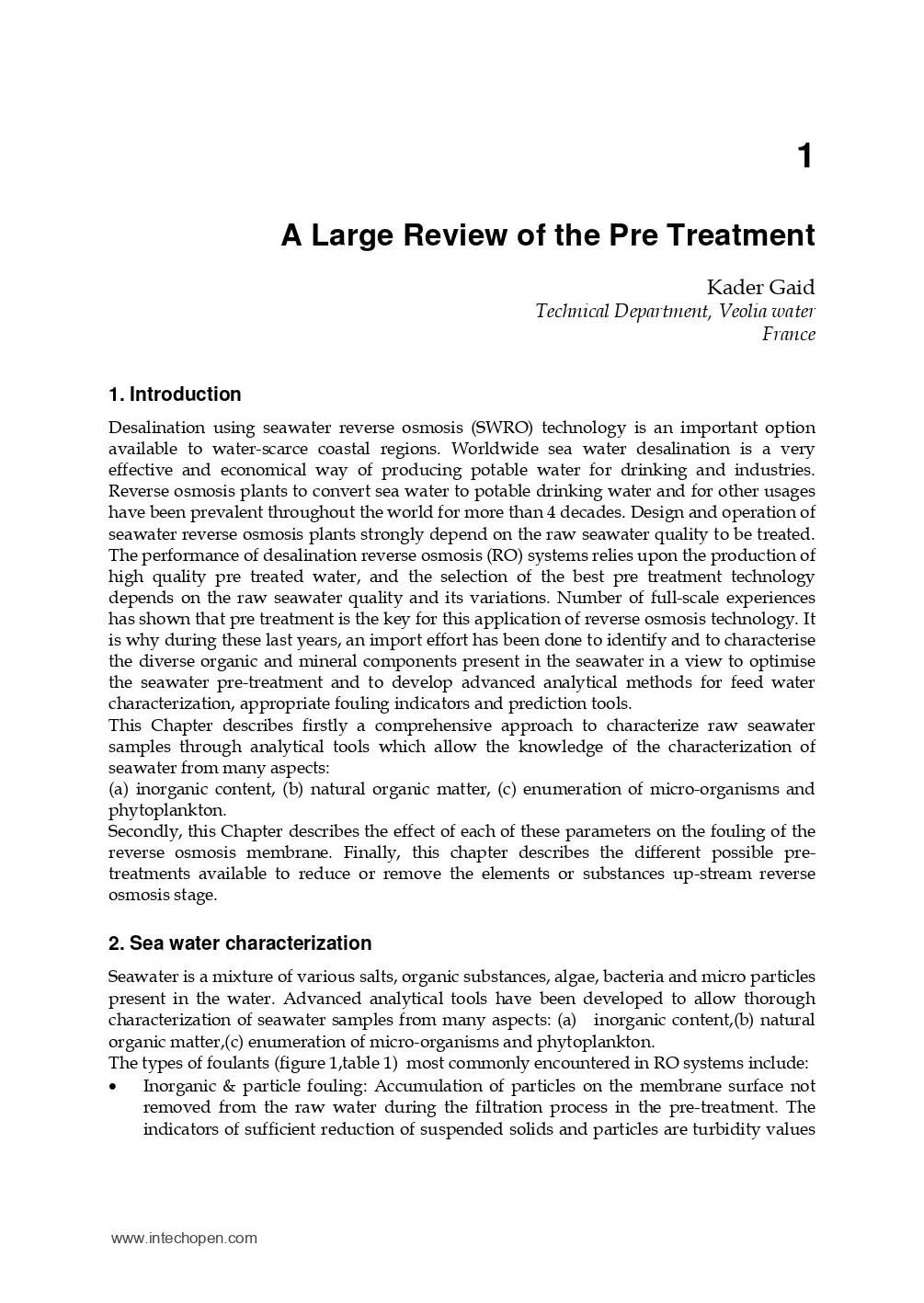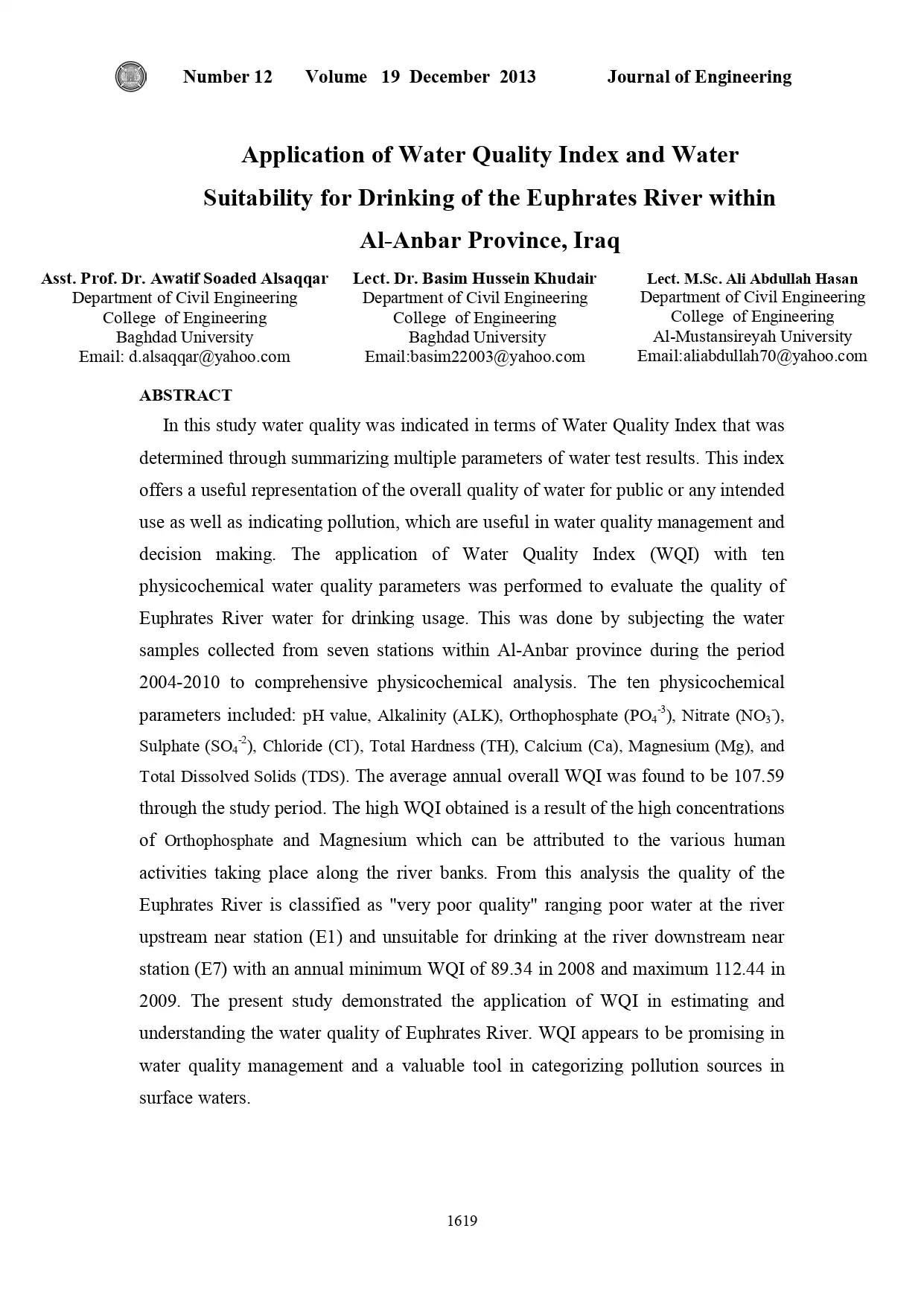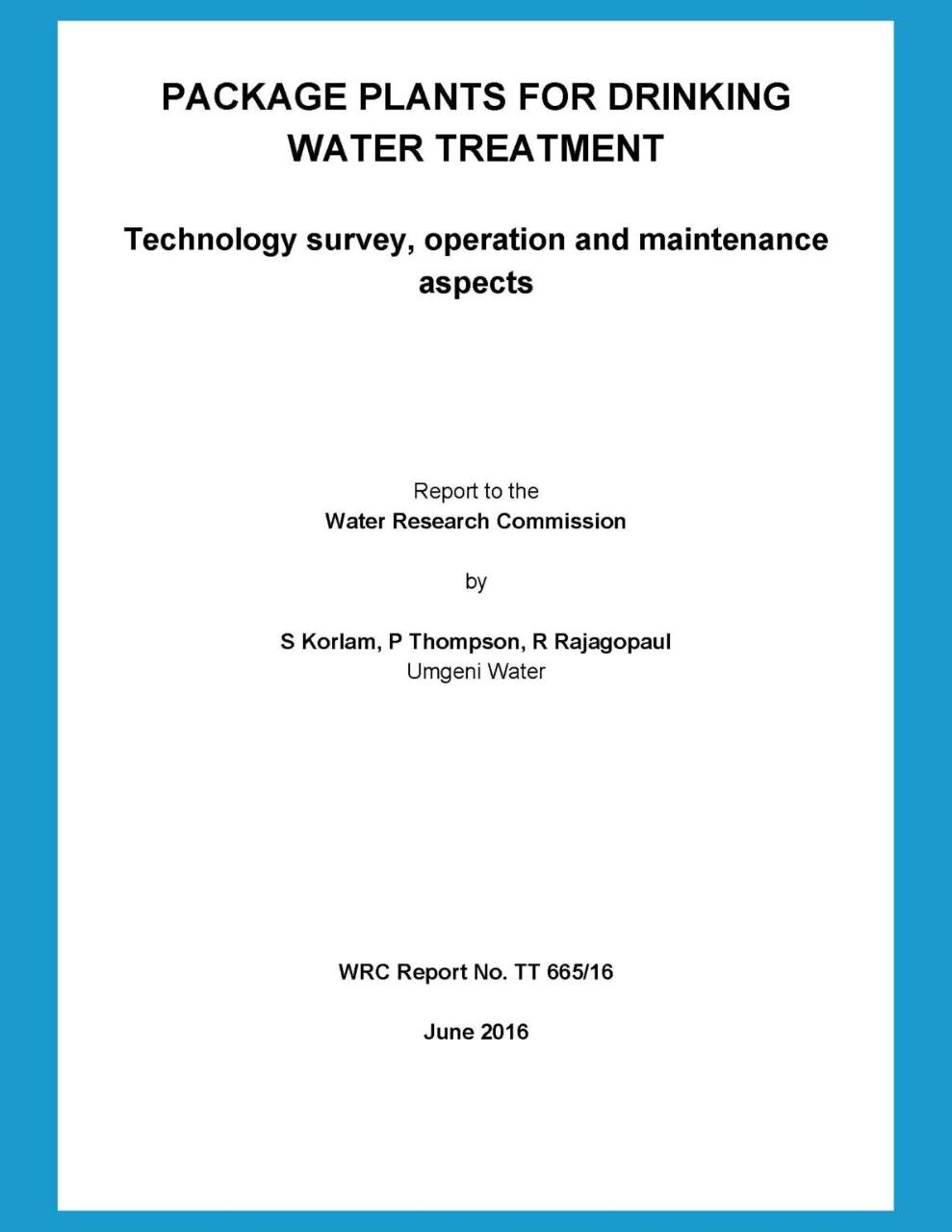Fundamentals of Modern Electrical Substations – Part 1, Part 2, Part 3
Fundamentals of Modern Electrical Substations – Part 1, Part 2, Part 3
Source: https://www.cedengineering.com/
Part 1 of this course series is concentrated on demonstrating how modern power systems are arranged to accomplish all these goals; what place electrical substations have in the overall power system structure; and how important they are for reliable and effective operation of power systems. Part 2 of the course “Fundamentals of Modern Electrical Substations” is concentrated on substation auxiliary and control systems which play a major role in allowing all station equipment to function properly, thus, fulfilling the main substation mission to support reliable and effective operation of power systems. Part 3 of the course “Fundamentals of Modern Electrical Substations” is concentrated on substation engineering aspects, which may be very challenging and require from utility companies engineers a very diverse knowledge and experience to address these aspects.
Only logged in customers who have purchased this product may leave a review.
Related products
Removal of Aluminium from Drinking Water
Removal of Aluminium from Drinking Water
A Large Review of the Pre Treatment
A Large Review of the Pre Treatment
Best Practices Manual for Small Drinking Water Systems
Best Practices Manual for Small Drinking Water Systems
Inorganic Contaminant Removal
- Inorganic contaminant treatment selection considerations
- Advanced inorganic contaminant removal chemistry terminology
- Advanced inorganic contaminant removal chemistry explanations
- Conventional filtration and how it relates to inorganic removal
- Detailed information on treatments for iron and manganese removal
- Detailed information on treatments for hardness removal
- Detailed information on inorganic contaminant monitoring protocols
- Detailed tables on the following topics:
- Sources of 26 inorganic contaminants
- Common secondary standards with effects, inorganic contributors and indications
- Various treatment technology options to consider for 24 inorganic contaminants
- Potential forms of iron and manganese
- Iron and manganese sampling procedures
- Iron and manganese oxidant selection criteria
- Iron and manganese theoretical (initial) dosing criteria
- Potential treatments for less common inorganics
- Potential treatments for miscellaneous trace metals
Inorganic Contaminant Removal
- Inorganic contaminant treatment selection considerations
- Advanced inorganic contaminant removal chemistry terminology
- Advanced inorganic contaminant removal chemistry explanations
- Conventional filtration and how it relates to inorganic removal
- Detailed information on treatments for iron and manganese removal
- Detailed information on treatments for hardness removal
- Detailed information on inorganic contaminant monitoring protocols
- Detailed tables on the following topics:
- Sources of 26 inorganic contaminants
- Common secondary standards with effects, inorganic contributors and indications
- Various treatment technology options to consider for 24 inorganic contaminants
- Potential forms of iron and manganese
- Iron and manganese sampling procedures
- Iron and manganese oxidant selection criteria
- Iron and manganese theoretical (initial) dosing criteria
- Potential treatments for less common inorganics
- Potential treatments for miscellaneous trace metals















Reviews
There are no reviews yet.